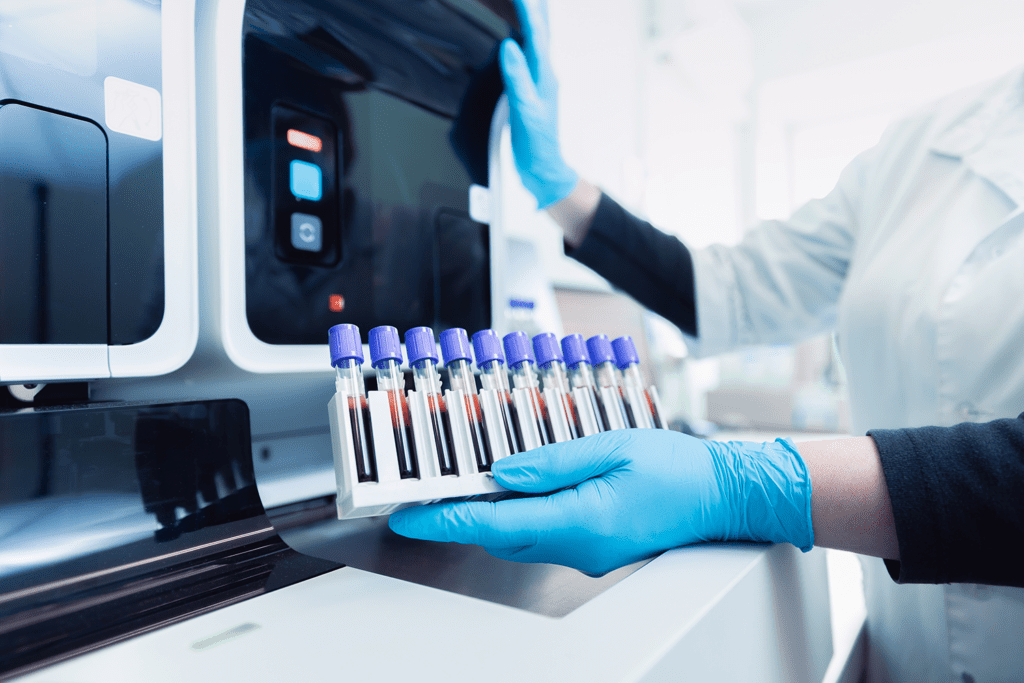What do progressive supranuclear palsy (PSP), frontotemporal dementia (FTD), and amyotrophic lateral sclerosis (ALS) all have in common?
People with these conditions often face long diagnostic delays due to challenges in diagnosis. Long diagnostic delays unfortunately correlate with more individual stress, later treatment, and, in some cases, worse outcomes.
However, the DZNE – German Center for Neurological Diseases reports that a new – or not so new – method could be used to identify these conditions. That method? Blood testing. To this point, blood tests have not been sensitive enough, or formulated, to diagnose these conditions.
A Protein Detection Blood Test for PSP, ALS, and FTD
The research team laid out their methodology and findings in a study published in Nature Medicine. First, the research team sourced blood samples from 991 adults with either PSP, ALS, or FTD, as well as a healthy control group.
The researchers specifically focused on tau proteins and TDP-43 proteins. These proteins have been implicated in disease development; in all three conditions, TDP-43 and tau proteins form abnormal aggregates in the brain. Since the researchers believed that simply testing blood plasma wouldn’t give them the information they needed, they began testing for lipid vesicles in the blood. This allowed them to identify protein levels.
Stratifying protein levels provides a deeper look at disease manifestation. TDP-43 presence suggests ALS, whereas tau protein presence suggests progressive supranuclear palsy. Behavioral frontotemporal dementia – a form of FTD where people often struggle to control their behavior – saw the presence of both TDP-43 and tau proteins. This is especially interesting as, in the past, behavioral FTD could only be diagnosed – and differentiated from more common FTD forms – through brain tissue analysis after death.
However, this targeted blood test is NOT yet ready or available for regular medical use. Additional testing into this blood test – and around these biomarkers – is needed. But down the line, if this blood test did make it into the diagnostic landscape, it could provide answers for many individuals.








